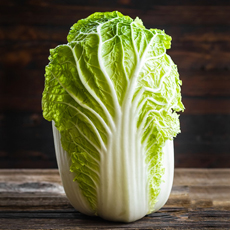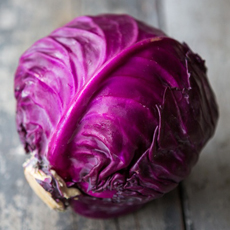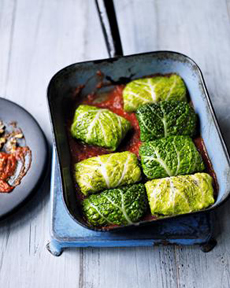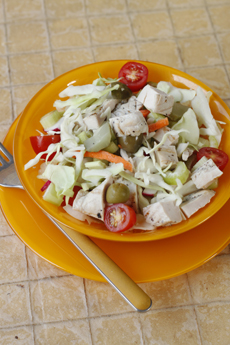Cabbage Recipes And Cabbage History For National Cabbage Day
|
|
We’re glad that cabbage has a holiday: National Cabbage Day on February 17th. Cabbage is a high-antioxidant Brassica—the family of cruciferous vegetable powerhouses, packed with potent, cancer-fighting phytonutrients. Family members include arugula, bok choy, broccoli, Brussels sprouts, cabbage, cauliflower, collards, horseradish/wasabi, kale, kohlrabi, mizuna, mustard greens, radish, rapeseed/canola, rapini, rutabaga, tatsoi, turnips, and watercress, among others. But today, it’s all about cabbage. About 2,500 years ago, Brassica oleracea grew as a wild plant along the coasts of Britain, France, and parts of the Mediterranean. It was known as wild mustard. Hop over to Ancient Greece and Rome, where wild mustard was cultivated in fields and home gardens. Farmers and home gardeners bred the mustard by selecting seeds from the plants that grew more leaves, yielding more food per plant. After many generations, this artificial selection (as opposed to natural selection, with no human intervention) produced a leafy version of wild mustard that looked more like modern-day kale or collard greens. Fast forward to sometime after the year 1600: Farmers selected seeds from plants that produced enlarged leaf buds. After many generations, huge heads of tightly rolled leaves emerged—what we call cabbage. Other farmers selected for enlarged flowering structures that became broccoli and cauliflower; enlarged stems that became kohlrabi, small heads that became Brussels sprouts). While these cultivars are diverse in appearance and taste, it may be because the plants grew in different geographic areas and terroirs, which offered more genetic diversity for breeding [source]. Today in the U.S., there are four main cabbage varieties: green, red, Napa, and Savoy (photos #1, #2, #3, and #4). There’s also a new variety, not widely available, called sweetheart cabbage, kool cabbage, caraflex cabbage, or pointed cabbage. All can be eaten raw or cooked. > More Cabbage History We started eating lots of cabbage years back, when the medical data on antioxidants first appeared in the consumer press. Here are some of our favorite ways to enjoy cabbage; and there are hundreds of others. We’d never come across a cabbage and pasta recipe until we came across this one, sent to us by Veroni. Looking about, we then found others, but start here. You can substitute different pasta shapes, cabbage varieties, and types of salame (Americans spell it salami). We used leftover baked ham in one variation, and pork and sausages would work equally as well. Ingredients For 4 Servings 1. Brown the garlic in hot oil. Then cut the salame into strips and add it to the pan to brown. After 1 minute, add the sage and red wine and simmer until the wine evaporates. Keep warm. 2. WASH the Savoy cabbage, cut it into slices, and boil it together with the pasta. Drain, saving a bit of cooking water, and toss it in the pan with the sauce. Taste and if necessary, adjust the salt and pepper. 3. STIR in the cooking water and plenty of grated pecorino cheese, toss and serve. |
|







